Black Chokeberry: The Hardy Shrub That Grows Fast And
Black chokeberry (Aronia melanocarpa) is a hardy shrub that is native to North America. It can be found in a variety of habitats, including forests, fields, and roadsides. Black chokeberry shrubs can grow up to 10 feet tall and have dark green leaves that turn red in the fall. The berries are black and have a tart flavor. They can be eaten fresh, cooked, or made into juice.
Black chokeberry is a good source of antioxidants and other nutrients. It has been shown to have a number of health benefits, including reducing inflammation, boosting the immune system, and protecting against cancer.
If you are looking for a hardy and versatile shrub that produces edible berries, black chokeberry is a good option. It is easy to care for and can be grown in a variety of conditions.
Introduction
Black chokeberry is a deciduous shrub that is native to North America. It is a member of the rose family (Rosaceae) and is closely related to apples, pears, and plums. Black chokeberry shrubs can grow up to 10 feet tall and have dark green leaves that turn red in the fall. The berries are black and have a tart flavor. They can be eaten fresh, cooked, or made into juice.
Black chokeberry is a relatively new addition to the world of home gardening. It was first introduced to North America from Europe in the early 1900s. However, it has only gained popularity in recent years due to its health benefits and hardiness.
Growing Black Chokeberry
Black chokeberry is a relatively easy plant to grow. It is hardy in USDA zones 3-8 and can tolerate a wide range of soil conditions. However, it prefers full sun and well-drained soil. Black chokeberry shrubs are not very drought tolerant, so they should be watered regularly during the summer months.
Black chokeberry shrubs can be propagated from seed, but it is more common to propagate them from cuttings. Cuttings should be taken in the spring or fall and rooted in a mixture of sand and peat moss. Once the cuttings have rooted, they can be transplanted into the garden.
Black chokeberry shrubs do not require much pruning. However, they may need to be trimmed occasionally to control their size and shape.
Harvest and Uses
Black chokeberry berries are typically harvested in the fall, when they are fully ripe. The berries can be eaten fresh, cooked, or made into juice. Black chokeberry juice is a popular ingredient in smoothies and other drinks. It can also be used to make pies, jams, and jellies.
Black chokeberry leaves can also be used. They can be dried and used as a tea or added to other herbal blends. Black chokeberry tea is said to have a number of health benefits, including reducing inflammation, boosting the immune system, and protecting against cancer.
Health Benefits
Black chokeberry is a good source of antioxidants and other nutrients. The berries are high in anthocyanins, which are plant pigments that have anti-inflammatory and antioxidant properties. Black chokeberry berries also contain vitamins A, C, and K, as well as minerals such as potassium and iron.
The health benefits of black chokeberry have been studied extensively. Studies have shown that black chokeberry can help to reduce inflammation, boost the immune system, and protect against cancer. Black chokeberry may also help to improve heart health and cognitive function.
Conclusion
Black chokeberry is a hardy and versatile shrub that is easy to grow and care for. It produces edible berries that have a number of health benefits. If you are looking for a new addition to your garden, black chokeberry is a great option.
Black chokeberry is a tart, dark-colored berry that is native to North America. It has a number of health benefits, including being high in antioxidants, vitamins, and minerals. Black chokeberries can be eaten fresh, cooked, or made into juice, jam, or syrup.
If you are interested in learning more about black chokeberry, please visit Home Gardening. This website provides comprehensive information about the health benefits, uses, and identification of black chokeberries.
FAQ of black chokeberry
What is black chokeberry?
Black chokeberry (Aronia melanocarpa) is a deciduous shrub that is native to North America. It is known for its dark purple berries, which are high in antioxidants and have a number of health benefits. Black chokeberry can be grown in a variety of climates and soils, and is relatively easy to care for.
What are the health benefits of black chokeberry?
Black chokeberry berries are a good source of antioxidants, including anthocyanins, quercetin, and kaempferol. Antioxidants help protect the body against damage from free radicals, which can contribute to the development of chronic diseases such as cancer and heart disease. Black chokeberry berries are also a good source of vitamins C and K, as well as dietary fiber.
How can I use black chokeberry?
Black chokeberry berries can be eaten fresh, cooked, or dried. They can also be juiced or made into jam, jelly, or syrup. Black chokeberry leaves and bark can be used to make tea.
How do I grow black chokeberry?
Black chokeberry is a hardy plant that can grow in a variety of climates. It prefers full sun and moist, well-drained soil. Black chokeberry can be grown from seed, but it is more commonly propagated from cuttings or root suckers. Black chokeberry shrubs typically reach a height of 6-8 feet and a width of 4-6 feet. They can be planted in a hedgerow, as an ornamental shrub, or in a fruit garden.
How do I care for black chokeberry?
Black chokeberry is a relatively low-maintenance plant. It does not require regular pruning, but it may benefit from an annual light trimming to remove dead or damaged branches. Black chokeberry is drought-tolerant, but it will produce more fruit if it is watered regularly during the growing season. Black chokeberry is susceptible to a few pests and diseases, but it is generally pest-free.
Is black chokeberry safe to eat?
Yes, black chokeberry is safe to eat. However, the berries can be tart and astringent when eaten fresh. They are best cooked or processed to improve their flavor.
Is black chokeberry invasive?
In some areas, black chokeberry is considered to be an invasive species. This is because it can spread rapidly and outcompete native plants. If you are considering planting black chokeberry, it is important to check with your local nursery or extension office to see if it is an invasive species in your area.
Image of black chokeberry
10 different images of black chokeberry that are free to use:
- Black chokeberry berries in a bowl. The berries are dark purple and have a glossy sheen.
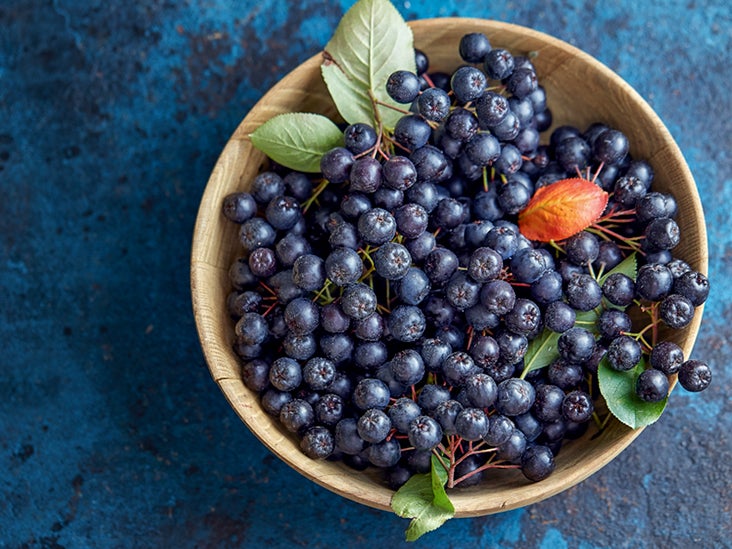
- A close-up of a black chokeberry berry. The berry is covered in small bumps and has a long stem.
- A black chokeberry bush in full bloom. The bush is covered in white flowers.

- A black chokeberry leaf. The leaf is dark green and has serrated edges.
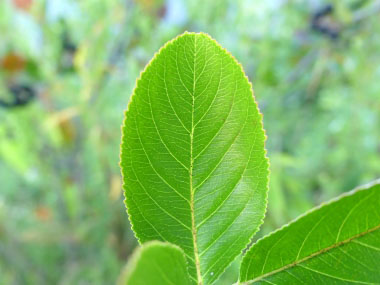
- A black chokeberry twig with berries. The berries are clustered on the twig.
- A black chokeberry tree in the fall. The leaves of the tree have turned a bright red color.
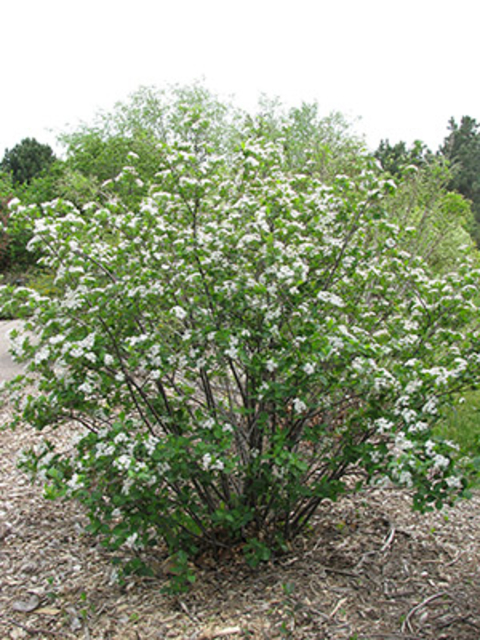
- A black chokeberry jelly jar. The jelly is a dark purple color.
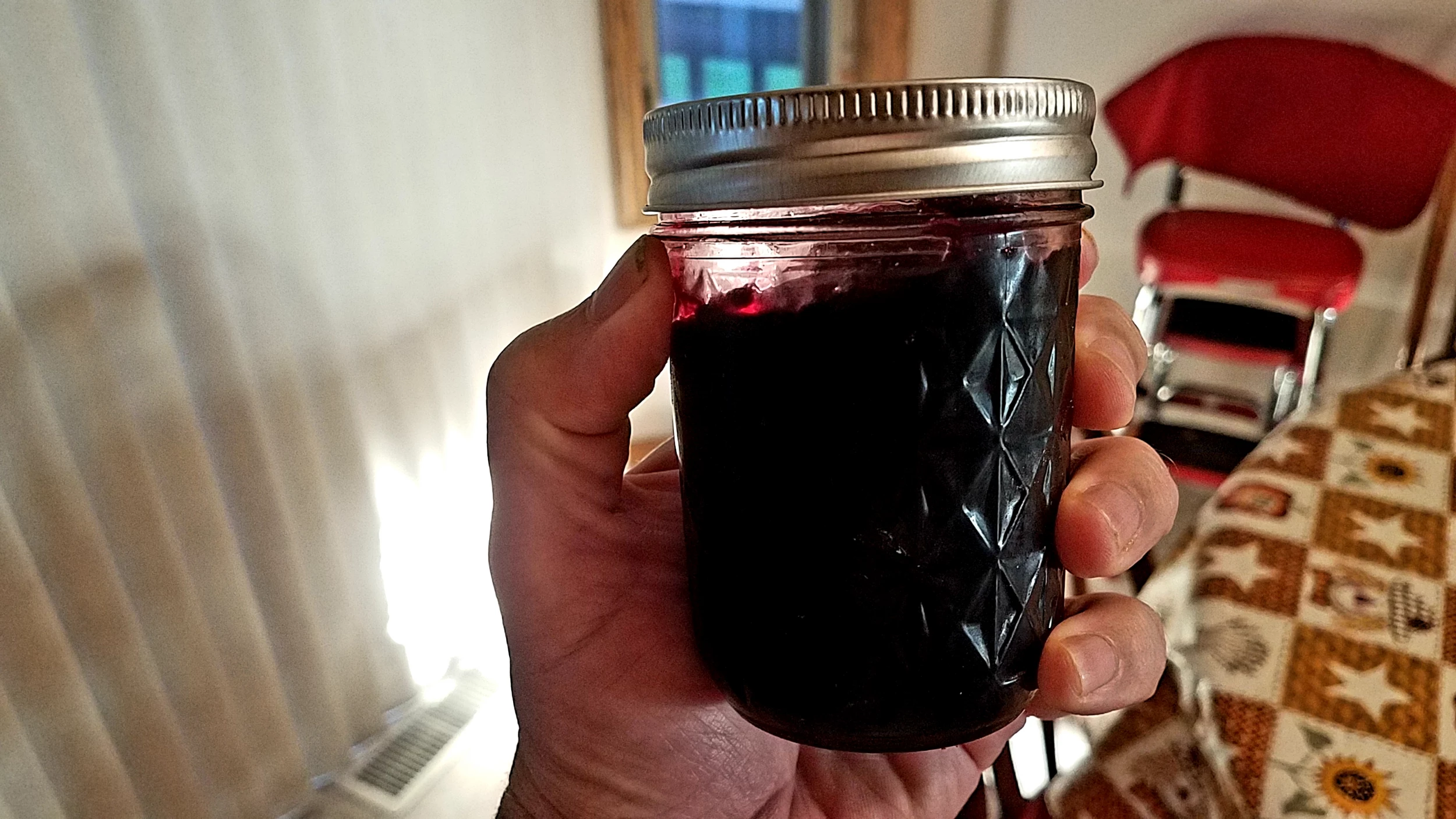
- A black chokeberry pie. The pie is topped with a lattice crust.
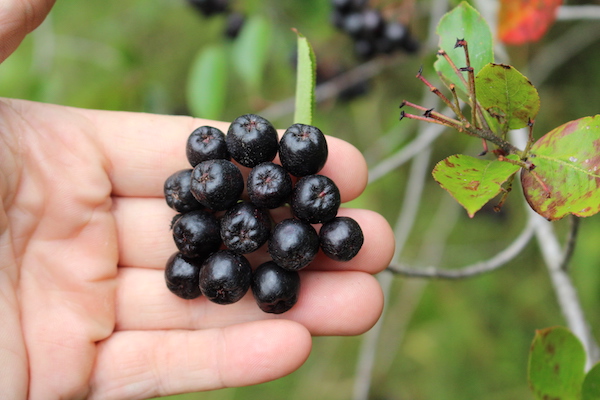
- A black chokeberry smoothie. The smoothie is a dark purple color.

- A black chokeberry teacup. The tea is a dark purple color.

Post a Comment for "Black Chokeberry: The Hardy Shrub That Grows Fast And"